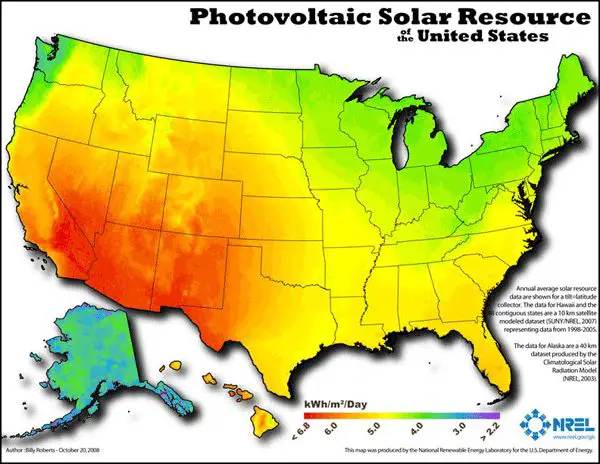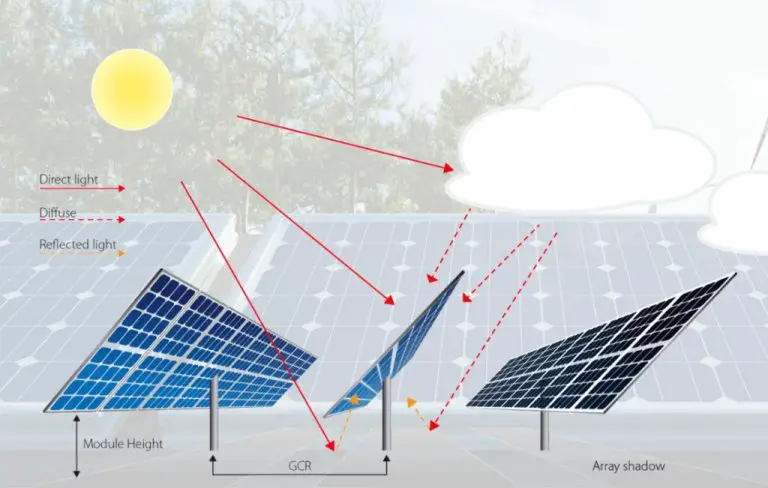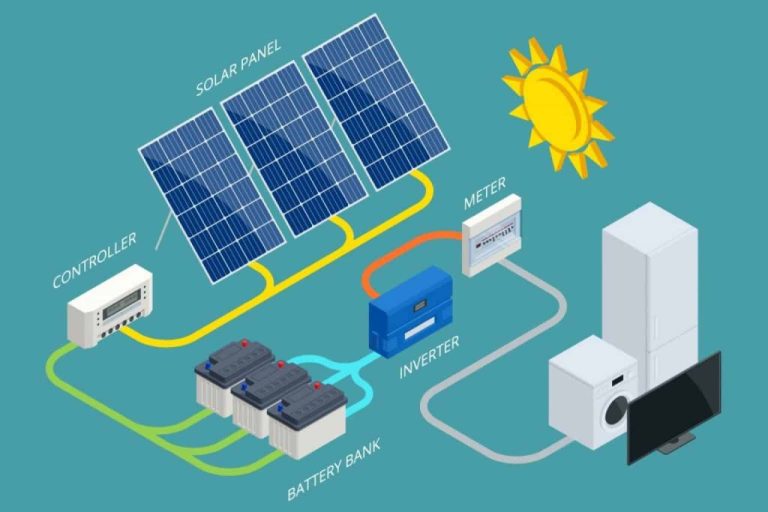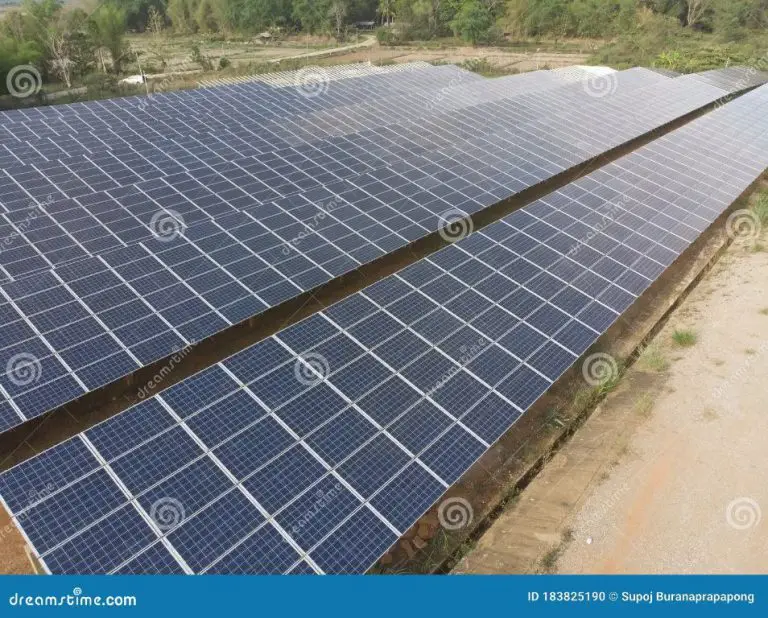How Long Will Energy Resources Last?
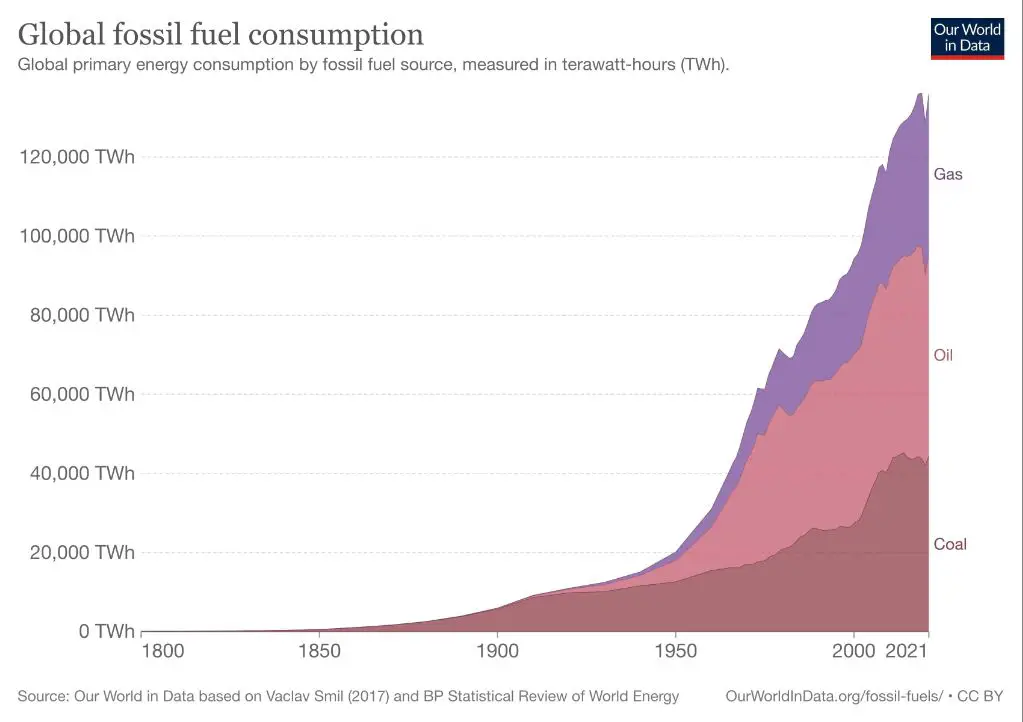
Energy resources are essential to powering the modern world, but concerns exist around how long our key resources like oil, natural gas, coal and uranium will last before they become depleted. This article will provide an overview of the longevity of major energy resources including oil, natural gas, coal, uranium and renewables like solar, wind and hydroelectric power.
Our current energy system predominantly relies on non-renewable fossil fuels like petroleum, natural gas and coal, as well as nuclear power from uranium. However, continued consumption of finite resources raises questions around long-term sustainability. Renewable energy sources derived from ongoing natural processes like sunlight, wind and water offer more indefinite potential, but currently make up a relatively small share of global energy generation.
This article will analyze estimated timeframes and future outlooks for each key energy resource, examining when they may be depleted based on known reserves, production rates and projected demand growth. It will provide perspective on the longevity of both non-renewable and renewable energy sources as society navigates the transition to a more sustainable energy system.
Oil
Global oil reserves are estimated at around 1.7 trillion barrels, with the largest reserves located in Venezuela, Saudi Arabia, Canada, Iran, and Iraq (Gulfnews.com, 2022). At current global consumption rates of about 100 million barrels per day, these reserves are projected to last approximately 50 years (Quora.com, 2015). However, new research suggests that rising demand, especially from developing countries, could accelerate the rate of depletion to around 35 years (Researchoutreach.org, 2023).
Oil extraction has already peaked or plateaued in many major producing regions like the United States and the North Sea. As the cheap and easy-to-access reserves continue declining, oil companies are being forced to tap unconventional sources like shale oil and oil sands. While these resources are abundant, they require more complex and expensive production methods. This means the era of cheap oil is likely coming to an end.
Overall, at projected demand growth rates, global oil reserves are estimated to last somewhere between 35-50 years. But declining supply from mature oil fields, lower discovery rates of new reserves, and technical and cost barriers to unconventional sources suggest production will start declining globally in the coming decades.
Natural Gas
Natural gas is a critical energy resource used for heating, electricity generation, and industrial processes. Global natural gas reserves stand at approximately 198 trillion cubic meters as of 2020 (ASEAN Energy Outlook). However, natural gas is being depleted rapidly due to increasing consumption. In 2019, global natural gas consumption reached nearly 4 trillion cubic meters, representing a 2.6% increase from the previous year (ASEAN Energy Outlook).
At current rates of production and consumption, global natural gas reserves are projected to deplete in approximately 50 years. The Asia Pacific region, which accounted for 16% of global natural gas consumption in 2019, is expected to see its natural gas reserves depleted in just over 30 years if consumption continues rising at projected rates (ASEAN Energy Outlook).
While new gas discoveries occur, they are unlikely to fully offset accelerating depletion rates. Across most major natural gas producers like the United States, Indonesia, and Malaysia, proven and probable reserves have declined steadily over the past decade even as production has increased (Battalion Oil Corporation). This demonstrates the challenge of replacing depleted reserves. Overall, natural gas is a finite resource that may face supply constraints in the coming decades if consumption rates are not better aligned with depletion rates.
Coal
Global coal reserves are estimated at around 1 trillion tonnes, with recoverable reserves at over 860 billion tonnes at current mining rates, according to the World Coal Association [1]. Annual global coal consumption is over 7.2 billion tonnes, with China, India, the United States and the European Union as the largest consumers [2]. Based on current reserves and consumption rates, coal is projected to last over 100 years globally.
However, coal consumption rates vary greatly by region. The US Energy Information Administration estimates US recoverable coal reserves would last about 435 years at 2021 production rates [3]. But coal demand is declining in the US and Europe while growing significantly in Asia. Increased consumption in developing countries could reduce global coal lifespan if reserves deplete faster than expected.
Uranium
Uranium is a nonrenewable energy source used as fuel for nuclear power plants. According to Statistics Canada, Canada had recoverable uranium reserves totaling 465,000 tonnes as of 2021, with annual depletion of around 5,000-6,000 tonnes per year.1 At current rates of usage, Canada’s known uranium reserves represent around 75-90 years of supply.2 Globally, identified uranium resources are estimated to last over 100 years at today’s usage rates.3
Uranium fuels nuclear power plants, which generate around 10% of the world’s electricity. Nuclear is considered a low-carbon energy source, producing significantly less lifecycle emissions than fossil fuel sources. However, uranium reserves are finite and nuclear cannot be considered renewable. Even at expanded rates of usage, uranium supplies will eventually deplete. More investment into uranium exploration and improved extraction methods could uncover new reserves and extend timelines, but uranium remains a nonrenewable resource.
Renewables Overview
Renewable energy comes from natural sources or processes that are constantly replenished. The major types of renewable energy sources are:
[National Grid](https://www.nationalgrid.com/stories/energy-explained/what-are-different-types-renewable-energy) lists the following main renewable energy sources that are currently used for electricity generation:
- Solar power from photovoltaic panels and solar thermal power plants
- Wind power from wind farms and turbines
- Hydropower from dams and tidal generators
- Geothermal power from underground heat
- Biomass from plants and organic waste
According to the [U.S. Energy Information Administration](https://www.eia.gov/energyexplained/renewable-sources/), renewable energy sources accounted for about 12% of total U.S. energy consumption and about 17% of electricity generation in 2019. The main advantages of renewable energy are that it produces little to no greenhouse gas emissions, it can help diversify energy supply, and renewable resources are constantly replenished naturally.
Solar
Solar energy has experienced tremendous growth over the past decade, with global solar photovoltaic (PV) capacity expanding from 40 gigawatts in 2010 to over 580 gigawatts by the end of 2019, a more than 14-fold increase according to the International Renewable Energy Agency. This growth has been supported by rapidly declining costs for solar panels and supportive government policies.
However, solar energy does face some sustainability challenges. The manufacturing of solar panels can have environmental impacts, including the use of hazardous materials and energy intensive production processes. There are also limits on suitable land area for utility-scale solar facilities, and issues around recycling solar panels at the end of their usable lifespan (Academic.oup.com, 2022).
Furthermore, solar power’s intermittent generation profile creates grid integration challenges. Solar only generates electricity when the sun is shining, so it needs to be paired with energy storage or supplementary generation sources. There are also sustainability concerns around the sourcing of raw materials needed for solar panels, such as rare earth metals and minerals (Energy5, 2022).
Overall, the sustainability profile of solar power is generally positive, but there are areas for improvement. With thoughtful solar project siting, investments in recycling, and pairing solar with storage, the growth of this renewable resource can be sustained.
Wind
Wind power has experienced significant growth as a renewable energy source in recent years. Global wind energy capacity increased by 93 GW in 2021, bringing total installed capacity to over 837 GW worldwide (source). Several factors contribute to wind energy’s sustainability and potential for continued growth.
Wind turbines produce no direct emissions during operation, only using wind to generate electricity. This makes wind energy production much cleaner than fossil fuels. The land use footprint of wind farms is also smaller than other energy sources. Modern wind turbines can generate a high amount of electricity from a small land area (source).
However, there are sustainability concerns regarding wildlife impacts, noise pollution, and visual impacts on landscapes. Proper siting using environmental impact assessments can help mitigate these risks and facilitate social acceptance of new wind projects (source). Overall, wind energy plays an increasingly important role in the global renewable energy mix.
Hydroelectric
Hydropower is a renewable source of energy that relies on the natural water cycle. It is one of the oldest and most widely used forms of renewable energy. Hydropower plants capture the energy of flowing water to generate electricity. A dam is typically used to store river water in a reservoir, which is then released through turbines to produce electricity.
Hydropower is considered very sustainable compared to fossil fuels, as it relies on the water cycle which is continuously renewed by the sun’s energy. Once a hydroelectric dam and power plant is built, it can generate energy for many decades with minimal impact on the environment. According to the U.S. Department of Energy, hydropower is currently the country’s top renewable energy source, supplying over 6% of U.S. electricity generation.
However, large hydroelectric dams also have some sustainability concerns. Damming rivers can disturb ecosystems and natural water flows, potentially harming wildlife habitats both upstream and downstream. There is often debate around large dams and who benefits from the electricity versus who loses access to the river. Large reservoirs resulting from dams also increase water evaporation and can contribute to greenhouse gas emissions. Overall, hydropower remains a very clean form of energy, but planning is essential for sustainability.
Smaller “run-of-river” hydropower projects have less environmental impact as they divert only a portion of the flow and do not require large reservoirs. There is growth potential in smaller hydropower systems to generate electricity in a more sustainable way. According to the Rockwell Automation case study, innovative technologies like variable speed turbines can also make hydropower more efficient and flexible.
Conclusion
In summary, research shows that while fossil fuel reserves are finite, improvements in technology and discoveries of new reserves have helped extend timeline predictions for depletion. Renewable energy sources like solar, wind, and hydropower offer more sustainable alternatives, but most energy experts agree a mix of sources will be needed to meet global demand. Energy conservation and increased efficiency can help stretch reserves further.
Overall, with prudent management of resources, technological innovation, and a transition to renewable sources, experts are cautiously optimistic that energy supplies can be sustained at adequate levels in the coming decades. However, continued research, investment, and policy changes are still required to promote sustainability and mitigate environmental impacts of energy use. The conclusion is that through a combination of approaches, we can work to ensure energy resources are available to meet human needs now and into the future.

